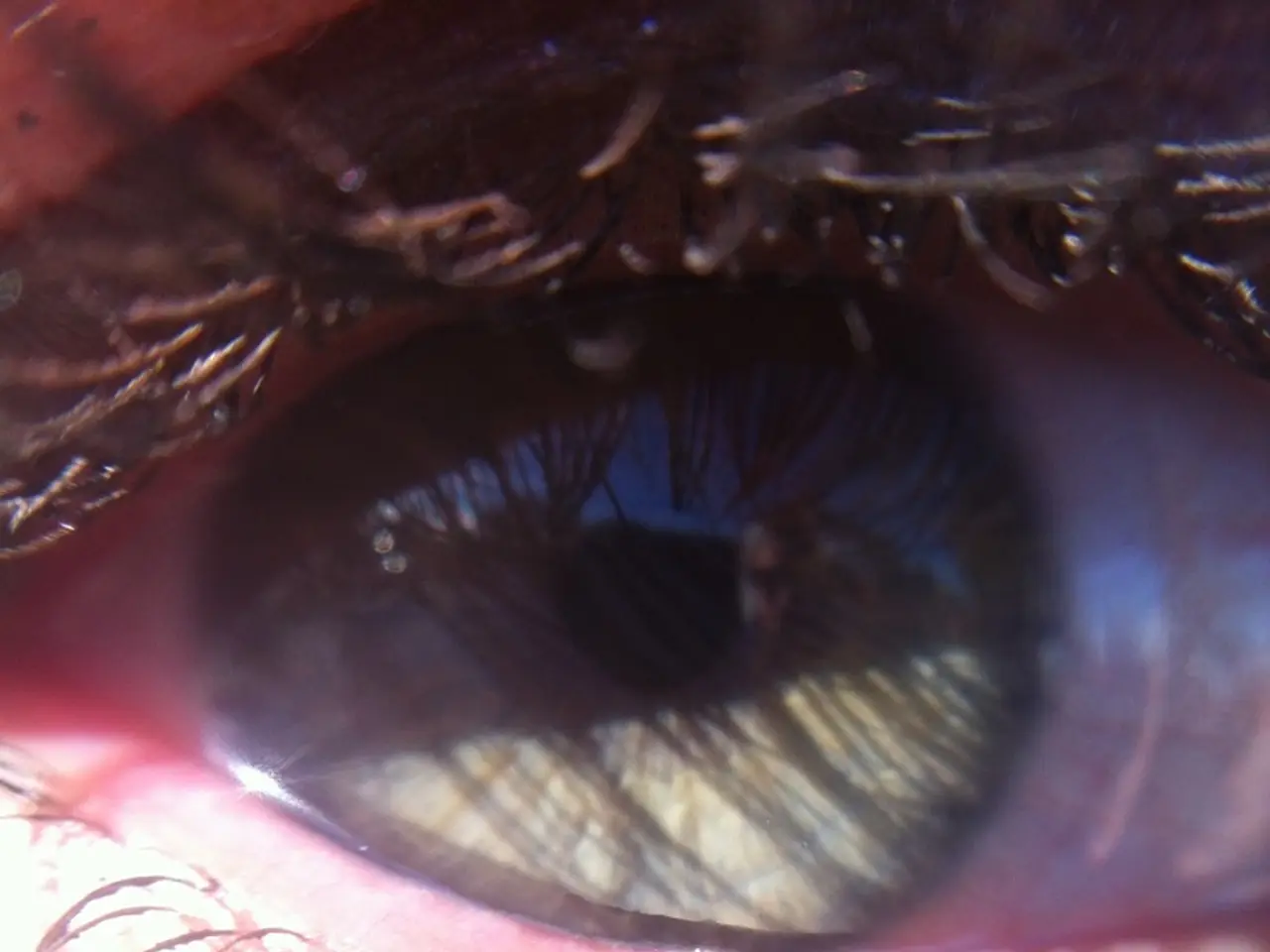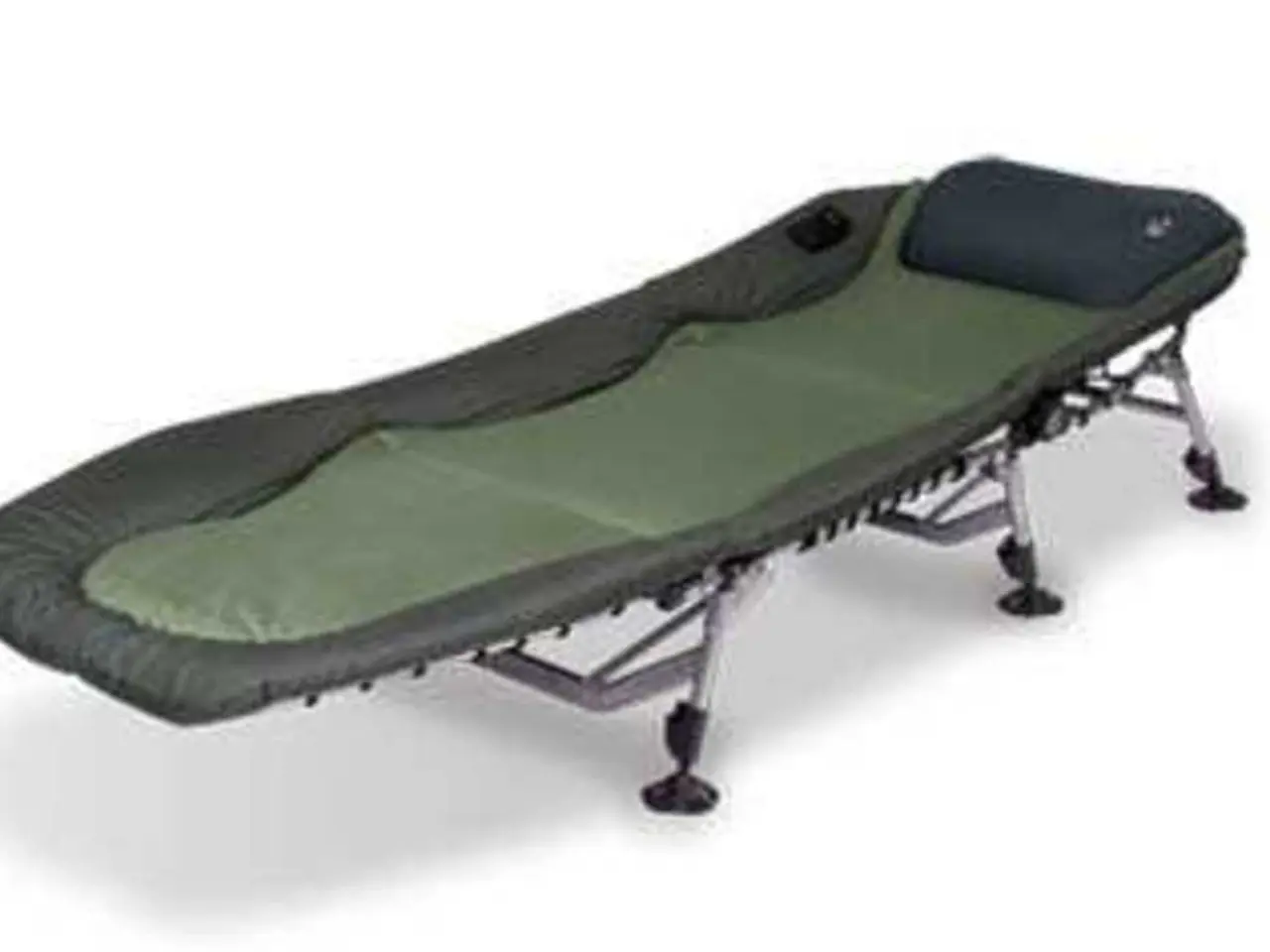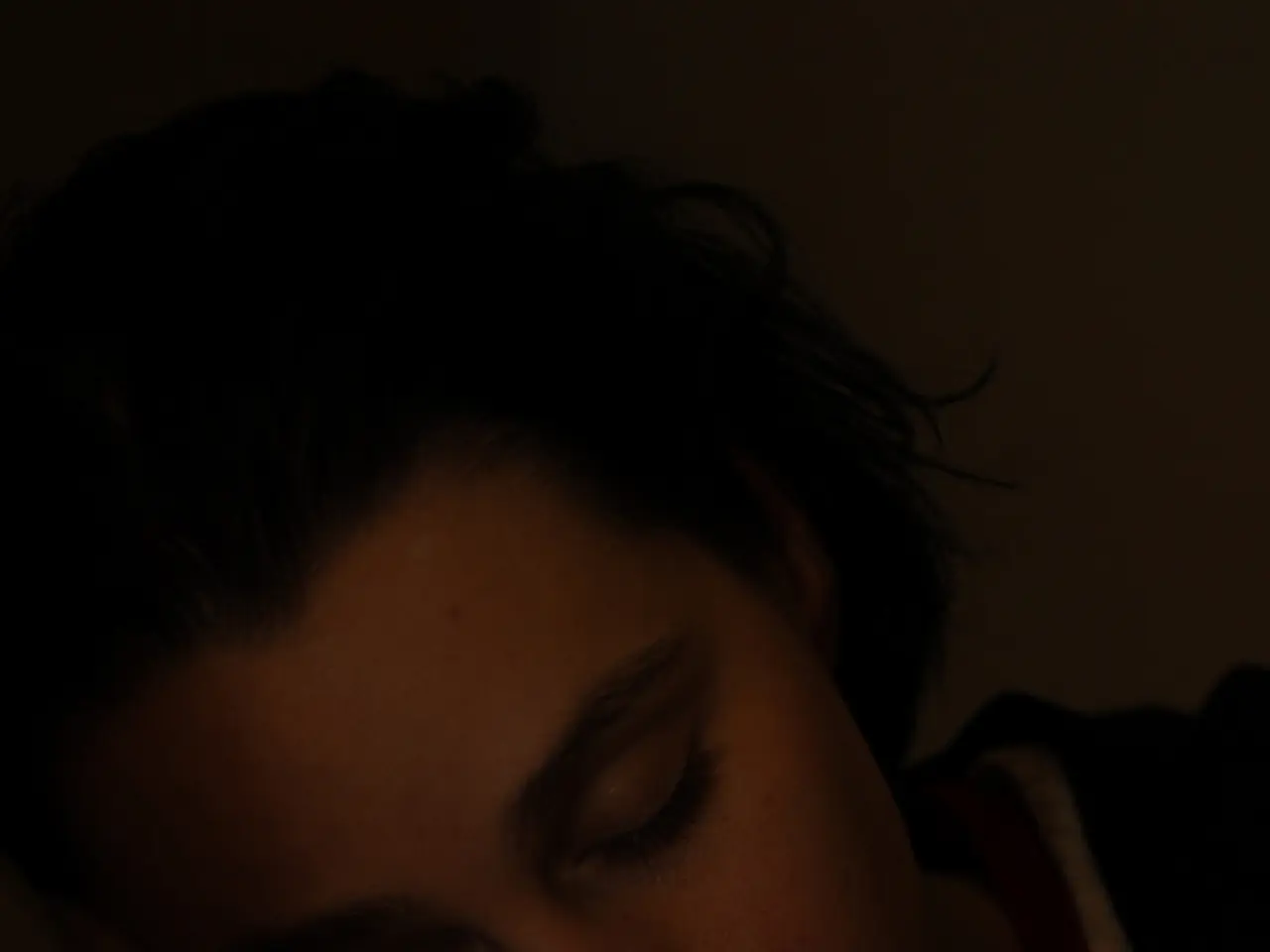Eyelash Ingrowth: Origin, Recognition, and Remedy
Trichiasis, a condition where eyelashes grow inward towards the eye, can lead to discomfort, irritation, and potential damage to the cornea. This comprehensive article provides an overview of the causes, treatments, and potential complications of this condition.
## Causes
Trichiasis can be caused by a variety of factors. Chronic blepharitis, a persistent inflammation of the eyelid margins, can lead to swelling and misdirected eyelash growth. Trauma or injury, such as eye surgery, accidents, or abrasions, can alter the growth pattern of eyelashes, causing them to grow inward.
Eye infections, including trachoma (caused by *Chlamydia trachomatis*) and severe conjunctivitis, can lead to scarring and structural eyelid changes that predispose to trichiasis. Age-related changes, as skin and muscle tone decrease with age, can cause the eyelid to become lax, resulting in inward-growing eyelashes. Autoimmune conditions like Stevens-Johnson syndrome and ocular cicatricial pemphigoid can result in eyelid scarring and may cause trichiasis.
## Treatments
Treatment for trichiasis varies depending on the severity of the condition. Manual epilation, the temporary removal of misdirected eyelashes, can relieve symptoms but regrowth is common. Permanent hair removal methods such as electrolysis or cryotherapy can be used to destroy the hair follicle and prevent regrowth.
Surgical correction may be necessary if eyelid scarring or malposition is severe. Repositioning surgery, particularly for those with trachoma, can be an effective treatment. Blepharitis management reduces inflammation and may prevent recurrence of trichiasis. Lubricating eye drops are used to protect the cornea and relieve irritation.
## Potential Complications
Inward-growing lashes can scratch the cornea, causing painful abrasions. Persistent irritation increases the risk of infection and corneal ulcers. Severe or chronic cases, especially those left untreated, can lead to corneal scarring, clouding, and even vision loss, particularly if caused by conditions like trachoma.
Patients may experience persistent tearing, pain, redness, and photophobia. If left untreated, trichiasis can potentially injure the eye, for example by scratching the cornea and exposing the area to infection. Chronic eye discomfort can result from trichiasis, leading to long-term issues if not addressed promptly.
Prompt diagnosis and management are essential to prevent serious complications, especially in cases with underlying infectious or autoimmune diseases. It is important to seek medical attention if experiencing symptoms of trichiasis to ensure proper treatment and prevention of potential complications.
- In chronic blepharitis, persistent inflammation of the eyelid margins, can lead to swelling and misdirected eyelash growth, potentially causing trichiasis.
- Autoimmune conditions like Stevens-Johnson syndrome and ocular cicatricial pemphigoid can result in eyelid scarring and may cause trichiasis, adding to the list of possible causes.
- Treatment for trichiasis can involve maintaining good skin health through regular skin care, as clean skin may help prevent the condition.
- Nutrition plays a significant role in overall health-and-wellness, including eye-health, and maintaining a balanced diet can help the body fight off infections and promote healing.
- Fitness-and-exercise can boost the immune system, potentially aiding in the recovery process if a person is dealing with trichiasis.
- Depression is a chronic mental-health condition that can affect a person's overall well-being, including their susceptibility to various medical-conditions and their ability to recover from them, such as trichiasis.
- Aq is a brand that produces products focused on skin-care solutions, which could be beneficial for managing symptoms of trichiasis and promoting healthy skin around the eyes.
- Predictive science can help in diagnosing and treating conditions like trichiasis by analyzing patterns in medical data and providing recommendations for treatment or prevention strategies.
- Removing inward-growing lashes can help alleviate discomfort and prevent potential damage to the eye, making it an important part of managing trichiasis.
- Potential complications of trichiasis include corneal scarring, clouding, and even vision loss. Not addressing this condition promptly could lead to long-term eye health issues.





